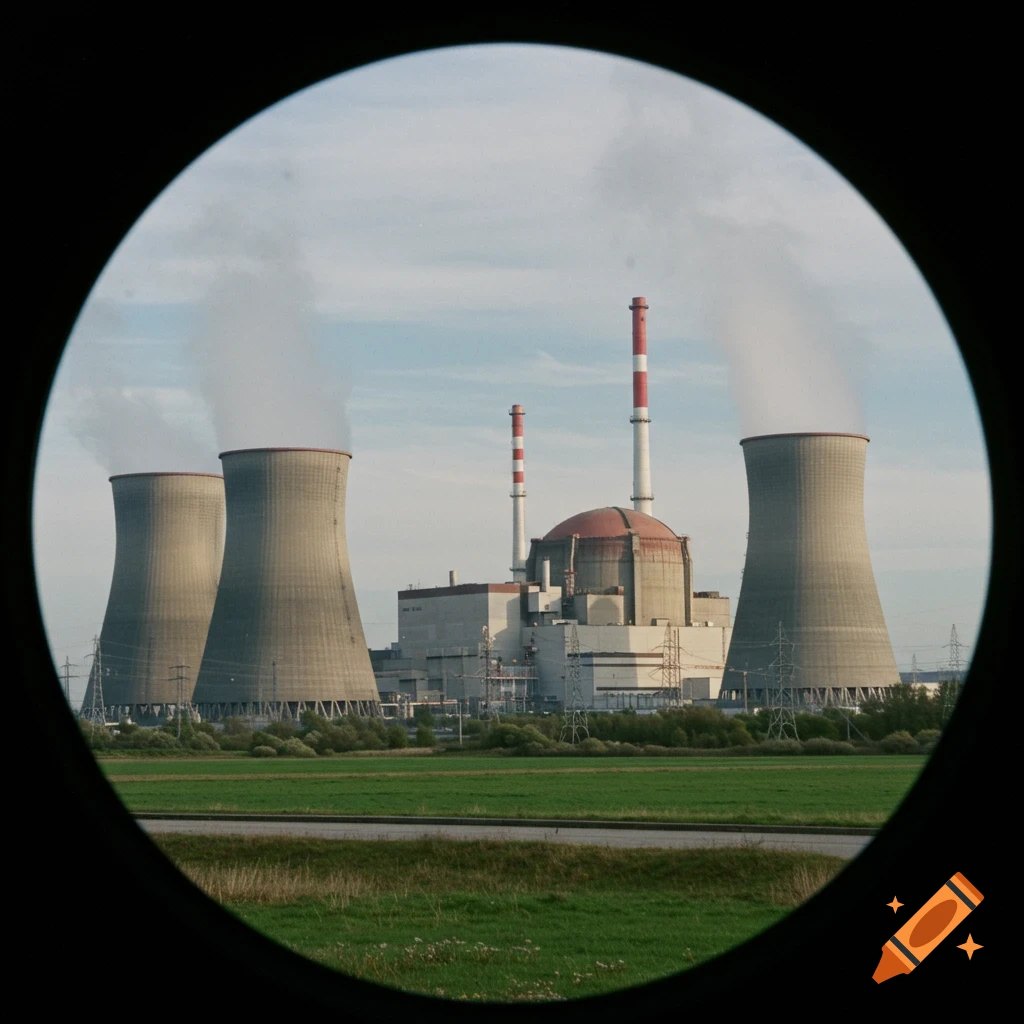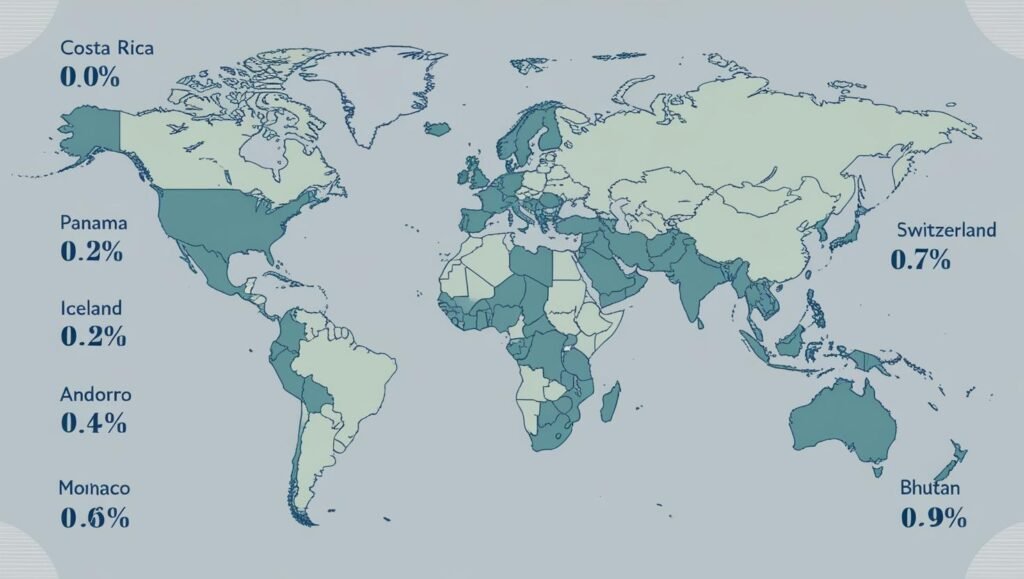India’s nuclear energy program just got a potential game-changer—the Prototype Fast Breeder Reactor (PFBR) located in Kalpakkam, Tamil Nadu. Built to push the boundaries of energy sustainability and fuel efficiency, this high-tech reactor may be the key to India’s long-term energy independence. But what exactly is a fast breeder reactor, and why is it such a big deal?

What is a Breeder Reactor?
A breeder reactor is a special type of nuclear reactor that not only generates electricity like conventional reactors—but creates more fuel than it consumes. It works by converting non-fissile fertile material such as Uranium-238 or Thorium-232 into fissile material like Plutonium-239 or Uranium-233, which can then be used as fuel.
Many of these reactors are “fast” breeder reactors, meaning they use fast neutrons instead of slow (thermal) neutrons to sustain the chain reaction.
India’s Unique Bet on Thorium
India holds the world’s largest thorium reserves, making breeder technology crucial. If PFBR succeeds, it could lay the groundwork for India’s three-stage nuclear program, with thorium reactors as the final goal.
India’s PFBR at Kalpakkam: Key Details
| Feature | Details |
|---|---|
| Location | Kalpakkam, Tamil Nadu |
| Technology | Sodium-cooled, pool-type fast breeder reactor |
| Fuel | MOX (Mixed Oxide Fuel): Plutonium + Uranium |
| Capacity | 500 MWe (megawatt electric) |
| Construction Start | 2004 |
| Expected Commissioning | Initially 2010; now in final commissioning (2025) |
| Current Status | Construction complete; undergoing systems testing |
| Electricity Production | Not yet commercially generating electricity |
Advantages of Fast Breeder Reactors
- Fuel Efficiency: Extracts significantly more energy from uranium/thorium.
- Reduced Waste: Breeds usable fuel while minimizing long-lived radioactive waste.
- Energy Sustainability: Especially beneficial for India, rich in Thorium.
- Strategic Edge: Low dependence on imported uranium, high energy security.
Challenges and Concerns
| Issue | Details |
|---|---|
| Cost | Very expensive to construct and operate |
| Technical Complexity | Sodium coolant is opaque, corrosive, and reactive with water/air |
| Safety Risks | High risk of leaks and fires (like Japan’s Monju reactor) |
| Weapons Concerns | Produces weapons-grade plutonium |
| Delays | Missed original 2010 commissioning; now expected operational in 2025 |
Why France and Japan Shut Down Their Breeder Reactors
Even technologically advanced countries like France (Superphénix) and Japan (Monju) have abandoned breeder reactor programs. The reasons?
- Cost overruns
- Frequent technical failures
- Safety incidents (e.g., Monju had a sodium coolant leak)
- Public and political pressure
India is now navigating the same minefield—but with a strategic vision and a long-term goal in mind.
Final Thoughts
The PFBR at Kalpakkam represents more than just an engineering marvel—it’s a strategic gamble. It promises energy independence, fuel sustainability, and reduced waste. But it also comes with massive complexity and political scrutiny.
The real question is: Will it become India’s nuclear crown jewel—or just another over-budget experiment?



